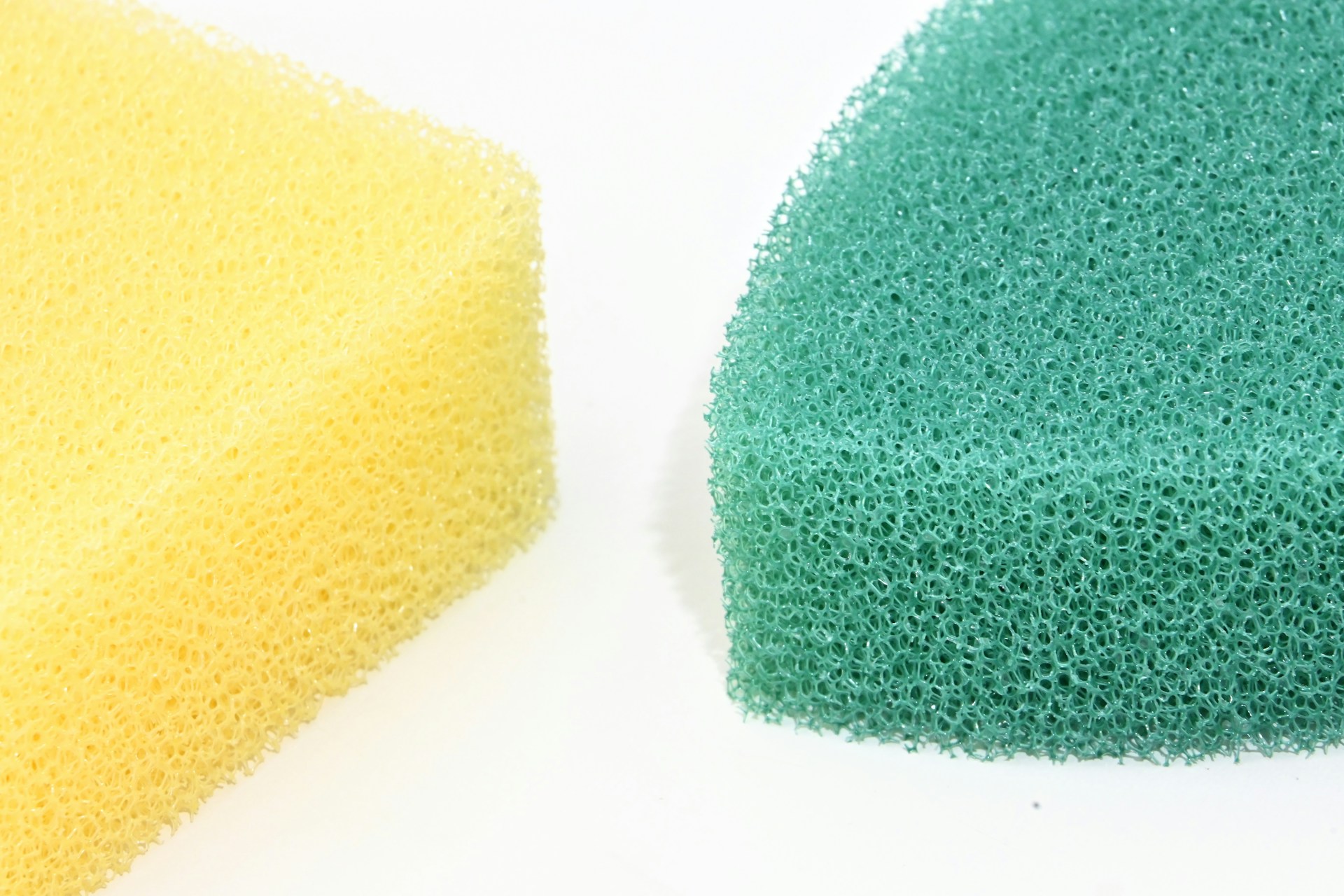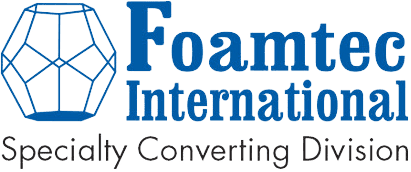When customers approach Foamtec Specialty Converting for dustproofing solutions, our team of materials experts carefully evaluates the environment in which the product will be used, along with the specific performance requirements. From outdoor weather exposure to oil resistance or temperature extremes, choosing the right foam or sponge material is essential to ensure long-term effectiveness and cost efficiency.
We specialize in converting and customizing a wide variety of sponge and foam materials. Below is a breakdown of common sponge materials suitable for dustproofing, along with their unique characteristics and ideal applications.
EPDM Sponge (Ethylene Propylene Diene Monomer)
- Key Features:
EPDM sponge is known for its exceptional weatherability, including resistance to UV rays, ozone, and oxidation. These properties make it ideal for prolonged outdoor use, where exposure to the elements is a concern. The material is also chemically stable and provides good sound and thermal insulation. - Typical Applications:
Often used in agricultural machinery, construction equipment, automotive sealing, and outdoor enclosures. EPDM is especially valuable in sealing doors, panels, and hatches where dust ingress needs to be minimized. - Considerations:
For applications in cold environments, a softer formulation of EPDM may be required to maintain flexibility and compressibility at lower temperatures. - Cost Profile:
Moderate — EPDM offers a high performance-to-cost ratio. While it may have a slightly higher upfront cost than PE foam, its durability significantly reduces the need for replacement or maintenance over time.
NBR Sponge (Nitrile Butadiene Rubber)
- Key Features:
NBR sponge is prized for its oil and fuel resistance, making it ideal for environments exposed to petroleum-based substances, lubricants, or solvents. It also offers moderate weather resistance and good mechanical strength. - Typical Applications:
Commonly used near engine compartments, hydraulic systems, and fuel handling areas where both dust sealing and oil resistance are critical. - Considerations:
Not typically recommended for long-term UV or ozone exposure without added protection. - Cost Profile:
Above Moderate — The enhanced oil resistance comes with a higher price point than EPDM or PE, but it’s a necessary investment for high-contamination environments.
PU Sponge (Polyurethane)
- Key Features:
PU sponge is lightweight, flexible, and available in a wide range of densities. It’s also naturally porous, allowing it to double as a dust filter by capturing particles from airflow. - Typical Applications:
Frequently used in electronic enclosures, HVAC systems, appliances, and indoor equipment where moderate dust protection and filtration are required. - Considerations:
PU sponge has poor weather resistance, and without additional treatment (such as coatings or protective films), it’s not suitable for outdoor applications. - Cost Profile:
Moderate to High — Especially for outdoor use, additional processing or coating costs may be necessary, increasing the overall price.
Silicone Sponge
- Key Features:
Silicone sponge excels in thermal stability, maintaining integrity across a wide temperature range (-60°C to over 200°C). It also provides excellent compression set resistance and remains flexible under extreme conditions. - Typical Applications:
Ideal for aerospace, automotive engine bays, industrial ovens, and other high-heat environments where both sealing and dustproofing are necessary. - Considerations:
Silicone’s premium performance comes with a premium price. It may not be necessary for standard dustproofing unless extreme temperatures are a factor. - Cost Profile:
High to Very High — Best reserved for specialized or mission-critical applications.
PE Foam Sponge (Polyethylene)
- Key Features:
PE foam is lightweight, water-resistant, and offers good shock absorption. Its closed-cell structure makes it effective at blocking dust while also providing some cushioning. - Typical Applications:
Common in consumer electronics, packaging, gaskets, and general-purpose enclosures. It’s also widely used due to its ease of fabrication and availability in various thicknesses and densities. - Considerations:
While economical, PE foam may not perform well in high-temperature or high-wear environments. - Cost Profile:
Low — PE is one of the most cost-effective options on the market, especially when high-end resistance isn’t required.
Foamtec Recommendation Guide
| Application Need | Recommended Material | Why |
|---|---|---|
| Long-term outdoor durability | EPDM Sponge | Excellent UV/weather resistance |
| Oil resistance and engine-adjacent sealing | NBR Sponge | Superior resistance to oils and fuels |
| Lightweight filter with indoor dustproofing | PU Sponge | Acts as both a filter and sealant |
| Extreme temperature conditions | Silicone Sponge | Stable in both high and low temperatures |
| Budget-conscious indoor sealing | PE Foam | Cost-effective and widely available |
Choosing the right sponge material for dustproofing involves more than just finding a good seal—it’s about ensuring performance longevity, resilience to the environment, and cost-efficiency over time. At Foamtec Specialty Converting, we don’t just supply materials—we collaborate with you to engineer the right solution for your application. Whether you’re developing a rugged outdoor system or a precision indoor device, our team will help you navigate the material landscape to find your ideal fit.
Need help selecting the right dustproofing solution?
Contact our team to learn more about our converting capabilities and sponge material options.




